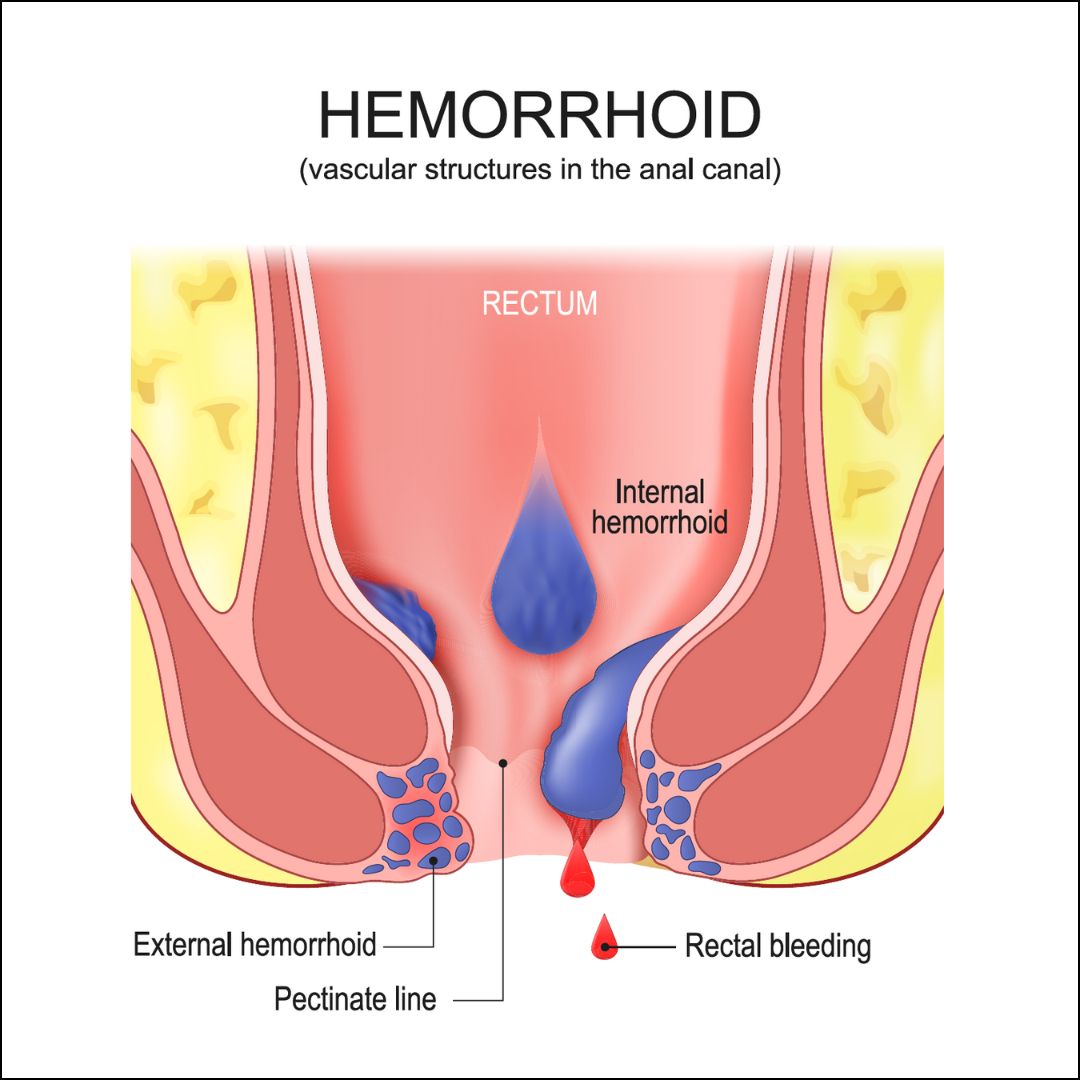Many people think it's just hemorrhoids, but it could be a precancerous lesion! What's the difference between anal polyps and hemorrhoids?
It's often said that "nine out of ten men have hemorrhoids," indicating how common they are. So much so that when people see blood in their stool and feel a slight "foreign object sensation," they immediately assume it's hemorrhoids. But in fact, not all small bumps are just ordinary hemorrhoids; they could also be anal polyps.

Anal polyps are round or oval-shaped growths with stalks on the mucous membrane of the anus or rectum, which can protrude into the intestinal cavity and move up and down. Most of their stalks are caused by the elongation of intestinal mucosa due to intestinal peristalsis or pulling by feces. They are mostly caused by chronic stimulation from feces and are common benign tumors, but a few can become malignant. Among all anal polyps, it's now clear that adenomatous polyps are precancerous lesions, and the larger the polyp and the more villous components it has, the higher the risk of cancer.
Since they're both fleshy growths, how do you differentiate between anal polyps and hemorrhoids? Here's a quick rundown:
Currently, the main methods for examining anal polyps are digital rectal examination and colonoscopy. Colonoscopy is not only the "sharp eyes" for diagnosing intestinal diseases but also enables timely treatment when abnormalities like polyps are detected, preventing further progression of the disease.
It's often said that "nine out of ten men have hemorrhoids," indicating how common they are. So much so that when people see blood in their stool and feel a slight "foreign object sensation," they immediately assume it's hemorrhoids. But in fact, not all small bumps are just ordinary hemorrhoids; they could also be anal polyps.

Anal polyps are round or oval-shaped growths with stalks on the mucous membrane of the anus or rectum, which can protrude into the intestinal cavity and move up and down. Most of their stalks are caused by the elongation of intestinal mucosa due to intestinal peristalsis or pulling by feces. They are mostly caused by chronic stimulation from feces and are common benign tumors, but a few can become malignant. Among all anal polyps, it's now clear that adenomatous polyps are precancerous lesions, and the larger the polyp and the more villous components it has, the higher the risk of cancer.
Since they're both fleshy growths, how do you differentiate between anal polyps and hemorrhoids? Here's a quick rundown:
| Anal Polyps | Hemorrhoid | |
| Rectal Bleeding | Painless rectal bleeding is the main clinical manifestation of anal polyps, and some patients may have no symptoms of rectal bleeding at all. The amount of bleeding is generally small. However, if the polyp is squeezed off during bowel movements or if it's large and positioned low, it can cause significant bleeding. The characteristic of rectal bleeding is blood in the stool, not dripping blood. | Dripping, spraying, or blood on the stool, bright red in color, covering the surface of the stool, and the bleeding is generally painless. |
| Prolapse | When anal polyps are large or numerous, they can gradually detach from the muscle layer and prolapse downward due to gravity. Straining during bowel movements and stimulation from intestinal peristalsis can cause the mucosal layer around the base to relax, leading to rectal prolapse. | A lump protrudes from the anus. In the early stages, it may retract automatically after defecation, but in later stages, it may need manual assistance to be pushed back in. |
| Pain | Since intestinal peristalsis pulls on the polyps, symptoms of intestinal irritation may occur, such as abdominal discomfort, abdominal pain, diarrhea, bloody mucus in the stool, urgency, and tenesmus. | Burning or throbbing pain in the anus, which can be severe, making it uncomfortable to sit or lie down. |
Currently, the main methods for examining anal polyps are digital rectal examination and colonoscopy. Colonoscopy is not only the "sharp eyes" for diagnosing intestinal diseases but also enables timely treatment when abnormalities like polyps are detected, preventing further progression of the disease.
